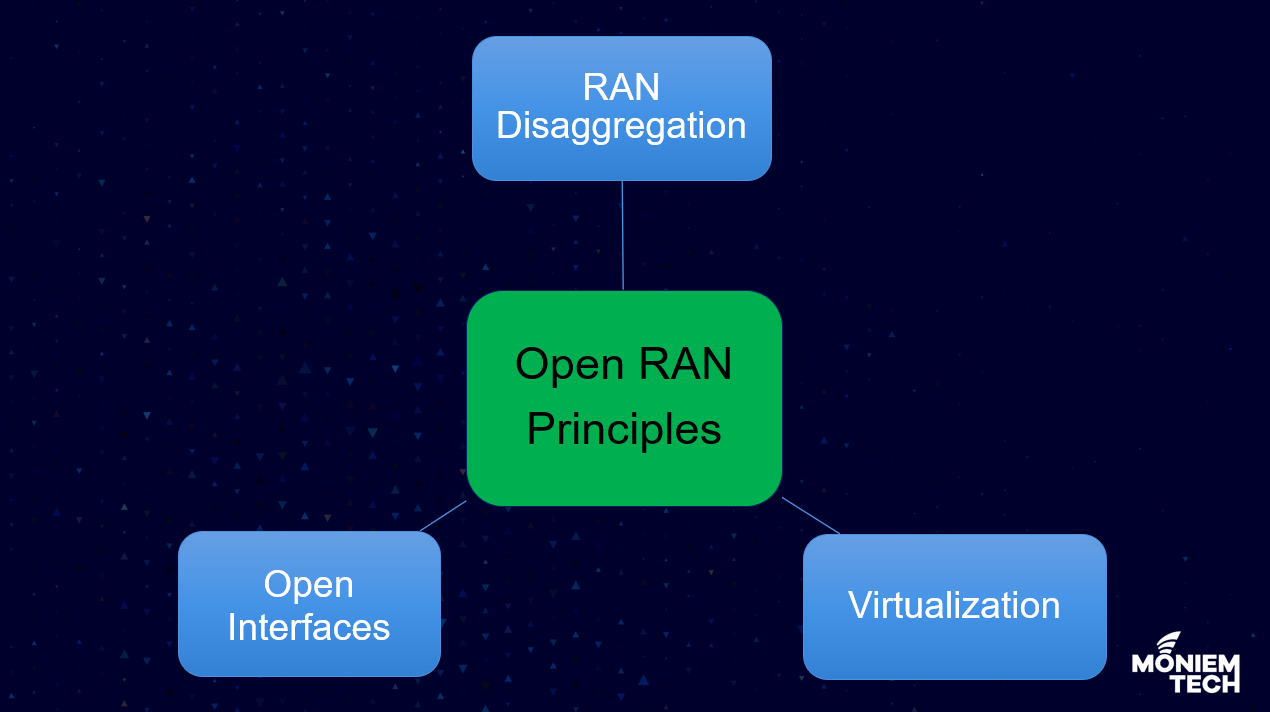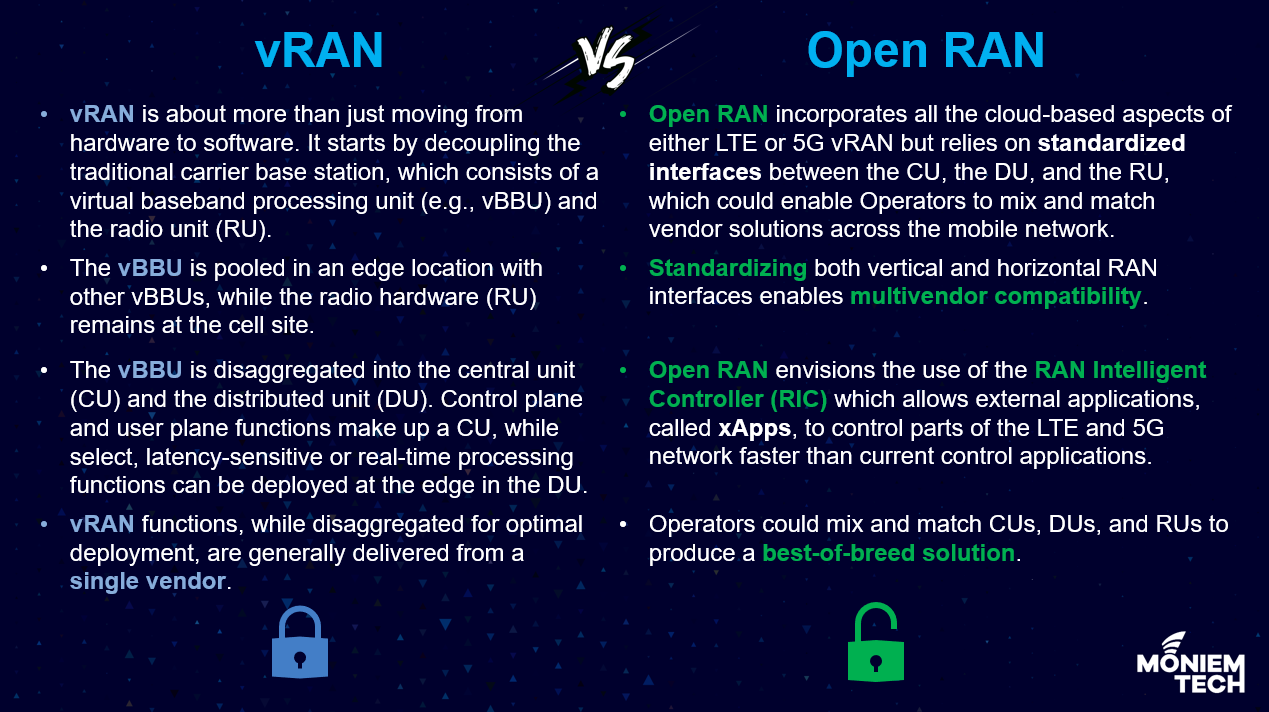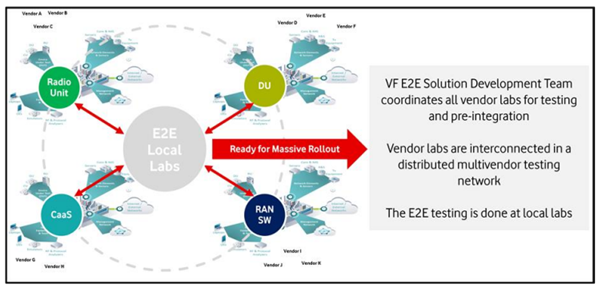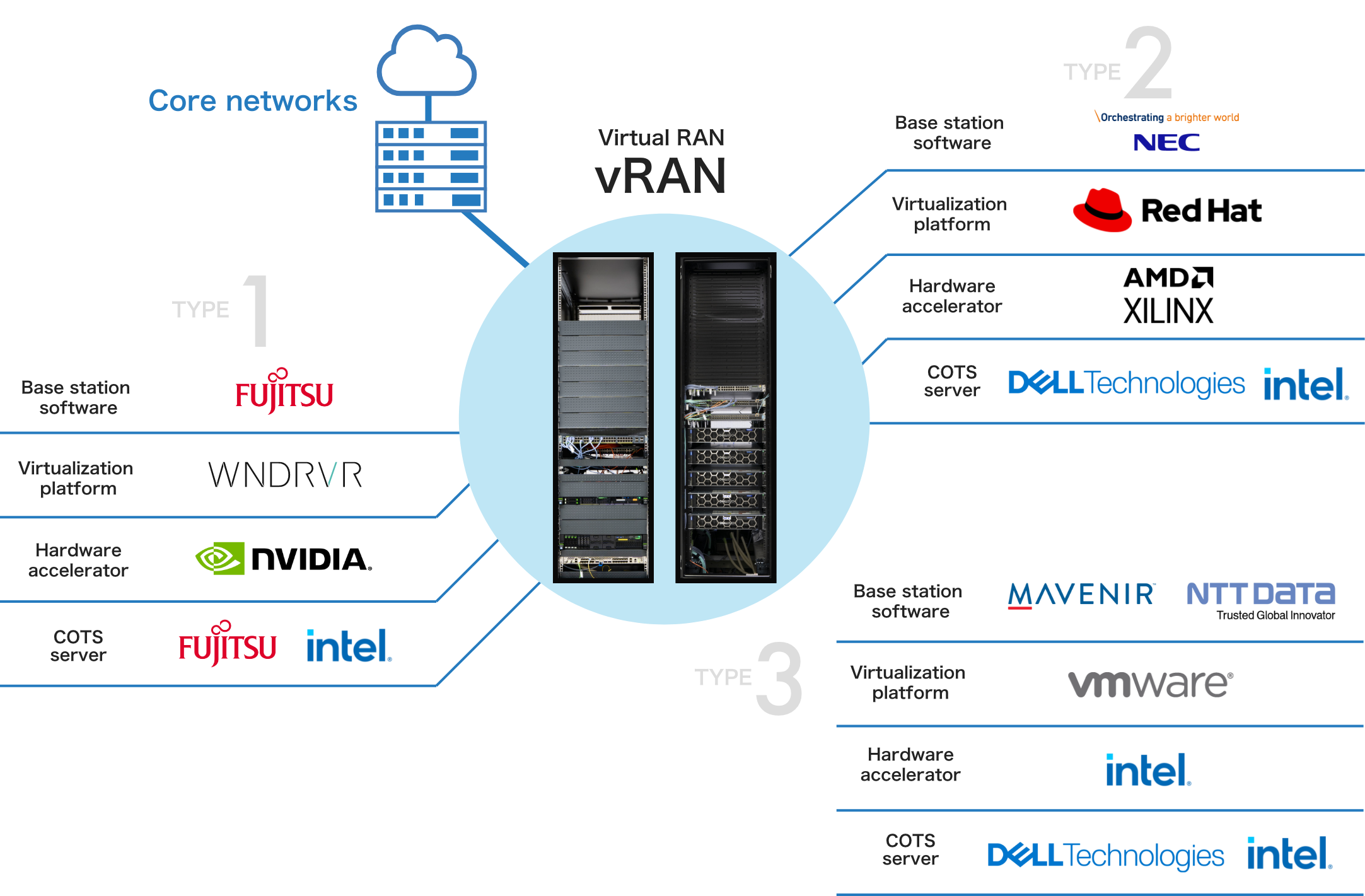The RAN has been considered the most expensive part of network deployment. RAN consists of around 60-70% of the network Capex. The Open RAN (Open Radio Access Network (RAN) Journey is about changing the mindset and accepting the fact that Open RAN is not a new technology we need to test, however, it’s the future where you can choose the best of the best to build your network with the lowest cost and acceptable performance.
Open RAN is about virtualized, disaggregated architecture that allows for a diverse set of vendors and the ability to mix and match various pieces of the network.

The Open RAN Journey
Open RAN can’t succeed overnight, there are some steps that should be taken before moving forward to Open RAN, So We can see the transition was a smooth one from Traditional RAN where we have closed proprietary hardware coupled with software that doesn’t support open interfaces which leads to no multi-vendor operability. That means Vendor Lock-in.
Big vendors like Ericsson, Nokia, and Huawei started to think about how to take the IT and Cloud computing powerful technologies and customize them to the telecom domain by Virtual RAN (vRAN), Cloud RAN (CRAN), or any other acronyms. In vRAN, The BBU (Baseband Unit) is disaggregated into 2 entites, CU or Centralized Unit and DU or Distributed Unit. However, this evolution is still proprietary as the DU and CU are proprietary HW which means no multi-vendor interoperability. That means Vendor Lock-in.

Open RAN is about flexibility, diversity, and interoperability. You can purchase the RU (Radio Unit) from Vendor A and DU & CU from Vendor B and they will communicate fine as the interfaces between DU and RU are now Open and Standardized by ORAN ALliance which is called Option 7-2x. Also, the CU and DU Software can be hosted on any Commercial on the Shelf (COTS) hardware or white box or even in any cloud platform.
Open RAN is about Software
The software has been transforming the world from consumers to enterprise, even to telecom and a great example of this is Open RAN. It changes the game from tight hardware with software to the telco infrastructure which means no more static capacity dimensioning but dynamic allocation based on the utilization, more open interfaces which improve diversity between vendors and provide the operator the best-of-breed RAN solutions with lower cost, and without vendor lock-in.
And shifting from a few players in the RAN domain to many players into Hardware, Software, Orecstration, Cloud, Infrastructure, Platform, and automation. The only thing that can’t be virtualized so far are antennas, towers, and batteries.
Open interfaces, virtualized for the separation (disaggregation) of hardware and software, and standardized for off-the-shelf interoperability are good for all telecoms.
Open RAN is about Interoperability
I know many claims that Open RAN is providing more complexity to the network by adding more vendors or players to the picture instead of one vendor which means any time a network failure occurs, it falls back on multiple vendors, not a single one. Whereas in a vendor-integrated RAN, a single company is accountable for the product and system lifecycle, in an open RAN there are several companies involved without clear responsibility for system integration, acceptance testing, in-service updates, technical support, and so on.
Now you can see many operators are playing the SI or System integrator role from research, testing, developing, and building a strong team in this domain to reduce the cost of hiring more vendors to do this part.
There are many models to reduce the risk by taking full responsibility as a system integrator or defining the correct responsibility matrix between vendors with good calibers and experience. One good example is Vodafone, It added a future model where different vendor labs are connected to a central lab run by an operator-led consortium. Each vendor is responsible for their hardware or software (and runs their own lab for testing and verification), but the central lab coordinates these activities and verifies the overall system. The operator is responsible for the governance of the consortium.

Also, hardware parts will be assembled and firmware/software pre-commissioned, under a CI/CD framework. The ready-for-deployment solution will be then sent to the local market according to rollout milestones.
Another good example is what NTT Docomo is doing by creating OREC, If you are asking What is OREC? Here is the answer.

What are the advantages of OpenRAN?
-
Vendor diversity: The disaggregation of hardware and software components of the network lowers the barrier of entry for new suppliers, enabling the operator to add greater resilience to its supply chain by working with a greater number and a more diverse pool of suppliers.
-
Focus on software operations: By ensuring any software and hardware components of the network are vendor agnostic and interoperable, upgrades to orchestration, management, and automation software do not necessarily mean hardware components have to be replaced.
- Programmable and automated Network: This means the operator can release new features simultaneously across multiple sites, add or direct capacity more quickly, resolve outages instantly and provide businesses with on-demand connectivity.
